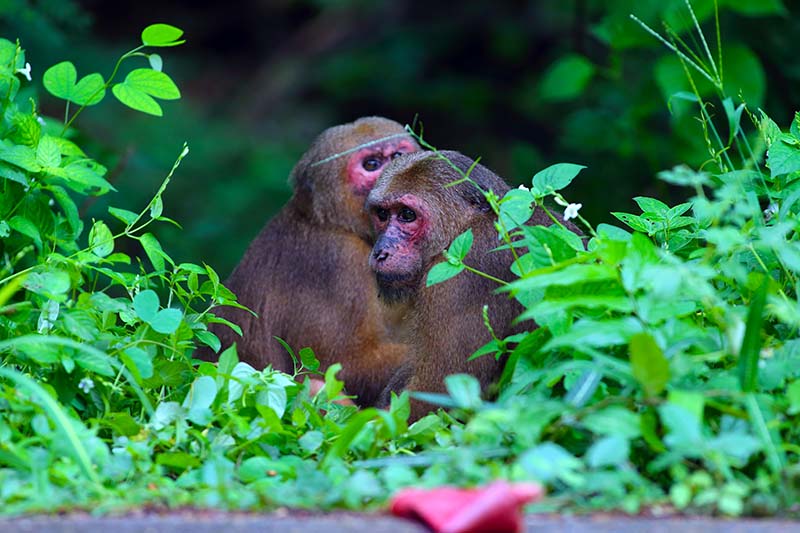
In the southern hemisphere, the Antarctic autumn which begins in late March/early April also marks the start of emperor penguin parenting season. The only species on earth that nests in winter, emperor penguins are dependent upon the formation of sea ice which must be solid enough to support the 46 breeding colonies of thousands of 50 to 100-pound birds that return from the sea to the barren, beak-chillingly cold polar landscape to start their feathered families. Once the serially monogamous birds pair off with mates, come late May/early June, female emperors will lay one egg which they transfer to their male parenting partners for safekeeping before traveling distances of up to 70 miles back to the sea to feed on fish, krill, and squid. During the 65-75 day incubation period, the male penguin carefully wedges the single egg on its feet below a loose fold of highly vascularized featherless skin called a brood pouch which warms the egg to about 100°F. To ensure every egg in the colony stays equally toasty while exposed to average winter temperatures of -49°F, these paternal penguins huddle together in massive groups for warmth, rotating in an orderly procession from the outside to the inside of the huddle so that no bird is left out in the cold.
Male emperors fast throughout the two month incubation period surviving on fat reserves, often losing as much as half of their body weight. Once the penguin chicks emerge from their shells into the frozen world of the Antarctic, the papa penguins prop the hatchlings on their feet, tuck them up safely under the brood pouch for warmth, and feed them a milky substance produced by a gland in their esophagus. When the female penguins return to the colony in July, the hungry, weakened male transfers the chick to its mother’s brood pouch for care and feeding before embarking on his own long march to the sea to fatten up. When the male penguin rejoins his family, the dedicated parents take turns feeding and guarding the chicks ensuring the little ones are shielded from the harsh elements until they grow a thick layer of protective down and are able to stand on their own tiny webbed feet.
Learn about the importance of maintaining the Antarctic home of these fascinating, flightless birds from ecologist Michelle LaRue and on April 25th ruffle your feathers in honor of World Penguin Day.




























































